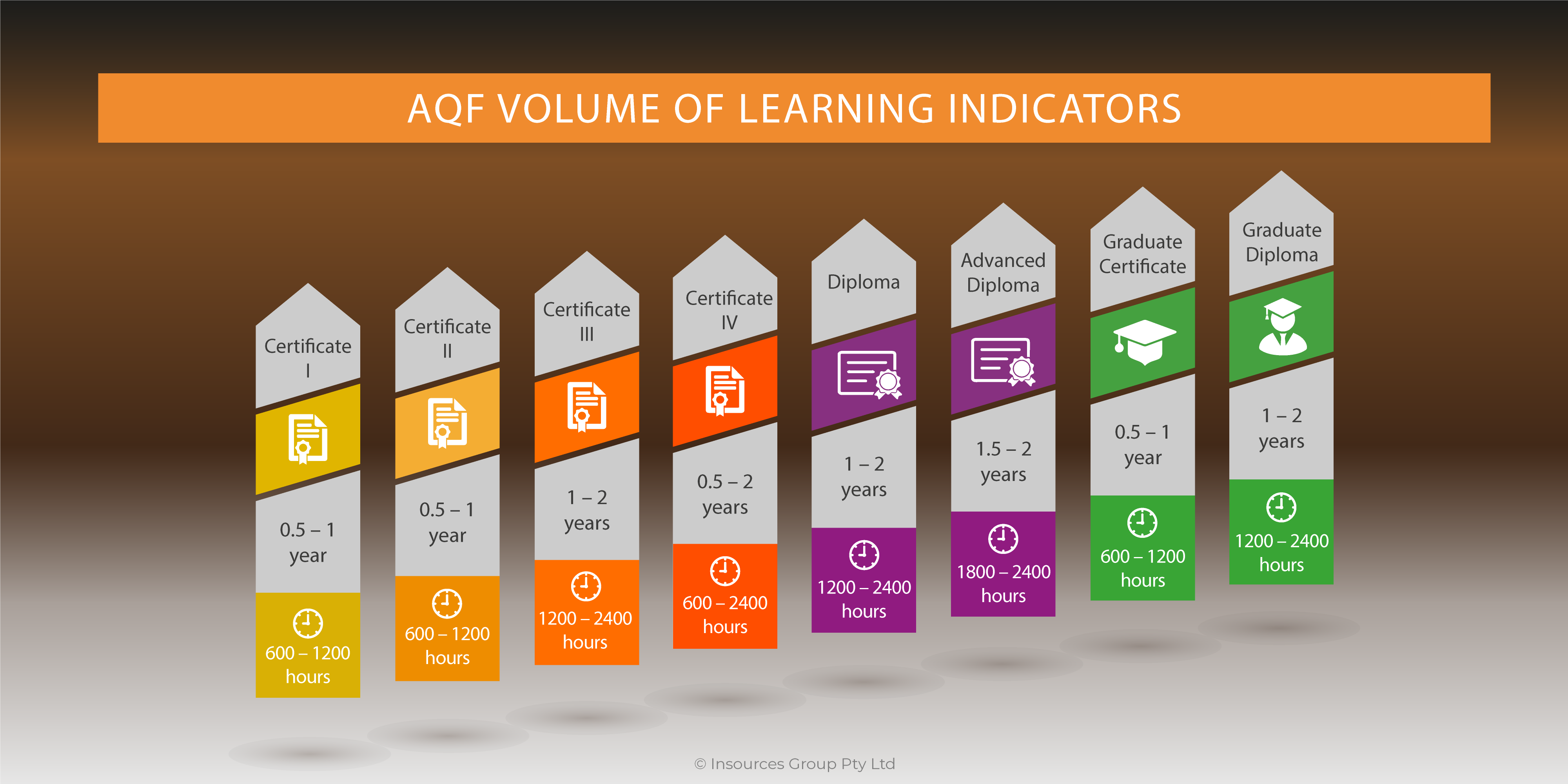Vocational Education and Training (VET) is learners focused training, therefore training in the VET sector must be personalised, customised to learner’s needs. VET training is training for a purpose, in other words, training outcomes must be identified and must be relevant to current industry needs in order to satisfy employers expectations and support human resources performance.
Recently statistics published by Skills Australia and the Julia Gillard government demonstrated a divorce between what industry currently needs and forecasted expectations, and what registered training organisations (RTO) are offering according to their scope of registration.
 The process of developing training programs in consultation with the industry and other stakeholders has been an area of great concern by regulatory bodies including the national VET regulator the Australian Skills Quality Authority (ASQA).
The process of developing training programs in consultation with the industry and other stakeholders has been an area of great concern by regulatory bodies including the national VET regulator the Australian Skills Quality Authority (ASQA).
Developing a new training program, reviewing a training program, customising a established training program, are not different to other type of projects carried out within the training organisation operations, and therefore the expectation about standards and quality procedures followed are the same.
Most of these “projects” (example: developing a new training and assessment strategy) struggle to produce the solutions we expect because the lack of project management skills of the project manager.
The master document for training programs is the Training and Assessment Strategy (TAS), which represent the action plan to deliver and assess a particular program. But the TAS is more than just that, includes strategic and operational guidance to ensure the program will be delivered and assessed according to benchmarks and standards defined and agreed with stakeholders.
The TAS is not a static document; instead it is a dynamic one, which uses continuous feedback from all stakeholders to evolve with the industry and learners, as their needs and expectation change. A continuous improvement approach, allows the RTO to achieve the goals of personalised training and training for a purpose, mentioned above.
A Project Plan to develop a new TAS for example, will be a mission document, and should include material that covers:
- The business objectives
- The learning objectives
- The scope
- The risk
- The constraints
- The stakeholder communication plan
Note that we are using the development of a TAS as an example here, but the same approach should be taken in other project where VET professionals get involve.
Business objectives may seem obvious to the project manager and the developer, but they aren’t always obvious to the stakeholders. In many ill-fated instances, projects proceed without any real business objectives, only to turn into workshops that are never attended or web-based packages that are never used. Everything that is done in a business should contribute to the goal of the business. In other words, unless there is a business problem, there shouldn’t be a solution.
In some situations, training is determined by government regulatory requirements, for example people working in a real estate industry must have a real estate license linked to a training program, workers in a construction industry required to have specific workplace health and safety training to be allowed into a construction site, or trainers and assessors must have the certificate IV in training and assessment to be a qualified trainer/assessor for an RTO. However, in any case, training should be geared towards generating skilled human resources able to maintain and improve industry standards and contributing toward creating competitive advantages for our industry.
In other words, the reason for the training is not defined in the licensing requirements, or the government funding conditions, neither the training package. The training package establishes the standards, the benchmarks, and the framework for a nationally recognised training. The reason for your training program is determined by the “training solutions” you can offer to clearly identified stakeholders.
 While uncovering the business objectives, keep asking “Why?” Why will participants benefit from the training? Why including workshops? Why using online options? Why workplace components? Why people want to take on this training? Why employers are sending employees to this training? The more “why questions” you can ask, the better. In fact, most learning managers stop asking these questions too soon.
While uncovering the business objectives, keep asking “Why?” Why will participants benefit from the training? Why including workshops? Why using online options? Why workplace components? Why people want to take on this training? Why employers are sending employees to this training? The more “why questions” you can ask, the better. In fact, most learning managers stop asking these questions too soon.
Developing and contextualising learning objectives can be time consuming. A good approach to creating learning objectives could be by specifying the audience behavior:
- Audience (A): Who will be learning? Whom is this objective for?
- Behavior (B): What will the learner be able to do differently, and how? How will the trainer know that this learning has occurred? How will the training organisation know?
- Condition (C): Under what conditions will the learning be required?
Great learning events are driven by well thought-out learning objectives that meet two criteria:
- The learning must be observable in the learning event (the learner must be able to demonstrate that he or she can do each learning objective).
- The learning must be measurable (the learner must be able to be tested on the thoroughness of the learning). Making the audience and behavior as explicit as possible enables measurement.
Behavior will reflect three types of learning:
- Skills: Will the learner be able to do something new?
- Knowledge: What level of expertise will the learner have?
- Attitude: Will the learner have a new belief?
Most learning requires all three types of learning, but developing new attitudes is an often overlooked but prevalent need that also is the most difficult learning to transfer.
It is essential to good project management to create explicit learning objectives.
No matter what a training manager does or think, the learning program scope will change over the development stage. Scope changes are mainly caused by stakeholder and target audience change.
The success of an industry consultation for a TAS often depends as much on the stakeholders and their perceptions as it does on the resources and standards used. A terrible mistake that many training managers make as they manage development projects for learning programs is that they neglect to communicate proactively with the industry and other stakeholders. A stakeholder’s communication plan lays the groundwork for consensus and consistency on an ongoing basis.
Often the use of a Gantt Chart to visually represent the different stages of the TAS developing process, and the interrelationship between them, tends to help stakeholders to understand the sequence and logic of the process.
Asking the right questions to the right people can create an environment for success, and will ensure an effective industry consultation. If you skip this phase, your project will surely run over in time, quality, scope, or cost, if not all four; and your RTO will be in risk of incur in non-compliances with the VET Quality Framework regulations.
Learn more about developing Training and Assessment Strategies attending to our workshop




